Miniature Pinscher
The Miniature Pinscher is a small dog breed that originated in Germany. It has a distinct look, and many people have described them as small Dobermans. They indeed share many similarities, but the truth is that this popular little breed is actually much older than the Doberman. It was primarily used for vermin control in German stables and houses. This breed is also known by nicknames “The King of Toys” and Min Pin.
The Miniature Pinschers are very confident and they are inquisitive. They are also fearless, and with these dogs, you always feel they are ready for some sort of action. Their alertness makes them excellent watchdogs that will alert you about anyone or anything oncoming. This breed is also quite intelligent and energetic, which comes as no surprise as they were created to control the rat population, and they had to work independently.
They are often described as escape artists because they will try and run away any chance they get, so constant supervision is highly recommended, as well as proper crate training.
Here are the most important things you need to know about this breed.

Height:
10-12,5 in (25-32 cm)

Weight:
8-10 lb (3.6–4.5 kg)

Origin:
Germany

Life Expectancy:
12-16 years
Dog Breed Characteristics
Appearance
The Miniature Pinscher is a strong, small dog with good proportions. It should be well-balanced and have clean outlines. This breed's flat head is made up of a similar length muzzle and skull, as well as a not-too-sharp stop. Their tight lips conceal a full set of teeth arranged in a scissors bite.
Their animated eyes are round and dark. Their prick ears stand tall and proud, though some may be cropped (a practice largely falling out of favor). Their body is wedge-shaped, with ribs that are well-sprung and a moderate abdominal tuck-up. Their legs are strong, straight, and parallel, with thick bones. Their “cat-like” feet are closely knit and allow for a graceful, high-stepping gait.
The standard recommends removing all dewclaws, but this is not required. Their tail has traditionally been docked, despite the fact that it should naturally stand erect.
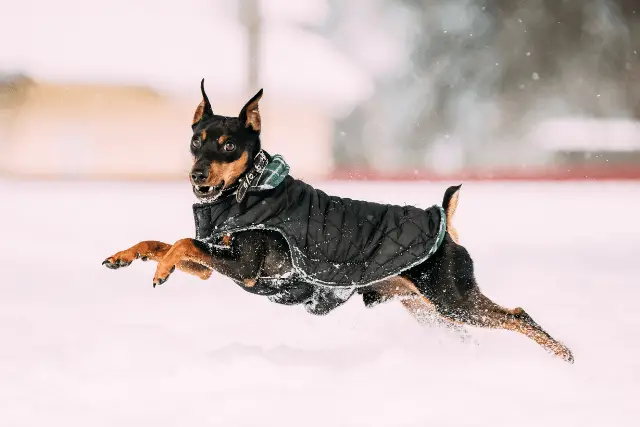
Coat type and color
Their coat is short, straight, and smooth. Within their standard, the following coat colors are acceptable: red, red with black (called "stag"), black with rust markings, blue with rust markings, chocolate brown with rust markings, and fawn with rust markings.
Temperament
What this breed lacks in stature, it more than makes up for in personality. Some breeders refer to this noble dog as the "King of Toys" because he likes to be in charge. The phrase "big dog trapped in a small dog's body" is especially applicable to the Miniature Pinscher. This is a dog who appears to be unaware of its diminutive stature, acting as if it possesses the strength and physical presence of its taller doppelganger, the Doberman Pinscher.
The Miniature Pinscher is a proud and high-spirited dog who enjoys playing with the family's children and getting into mischief. Roughhousing should be avoided due to their small size, and younger children should be supervised to ensure they do not injure these small dogs.
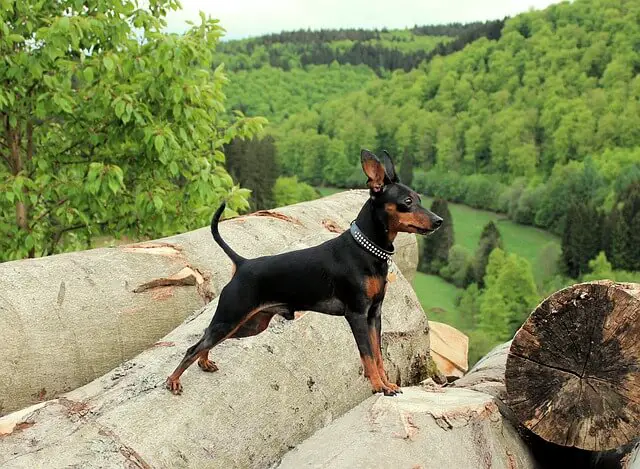
They form strong bonds with their entire family and enjoy being in human company. According to anecdotal evidence, they are slightly less affectionate than other small dogs, possibly due to their independent and self-assured nature. Having said that, they will happily show affection when it is appropriate.
The Miniature Pinscher is always on the lookout for intruders and will act reserved in the presence of strangers. They have a bad reputation for being hostile to strangers, especially if they feel the need to defend their family and property. Their dominance can be difficult to manage and can lead to episodes of snappiness and aggression, so it should be avoided. They have a habit of barking excessively, especially when guarding their territory.
Caution is advised when it comes to socializing with other dogs. The courageous Miniature Pinscher, a dog who will never back down from a challenge, even if their opponent weighs ten times as much as them, can be prone to canine aggression. Outside of the home, leash walking is recommended for this reason.
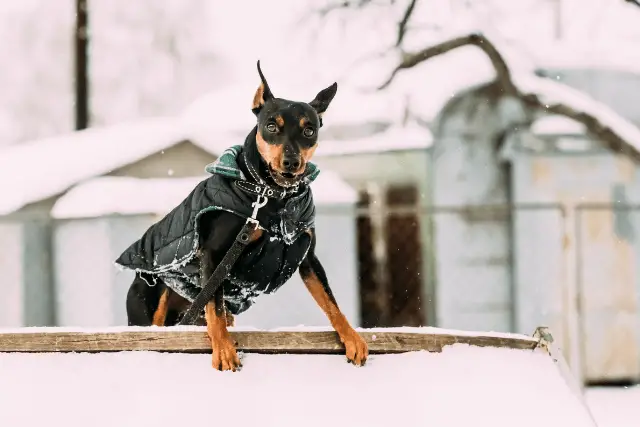
Miniature Pinschers are happy to coexist with other dogs in the home as long as they are allowed to be in charge. Smaller pets, such as cats and rabbits, are unlikely to be accepted. They will almost certainly be chased and provoked relentlessly.
Care guide
It is critical to put safeguards in place to protect the inquisitive Min Pin. You'll need to "baby-proof" your home in the same way that you would for a crawling baby or a toddler. Even though these dogs are small, they require high-quality care to thrive. The following are the most important aspects of Min Pin care.
Grooming
It doesn't get much easier than this when it comes to grooming. To keep the dog’s sleek coat shiny, the Min Pin should be brushed every few days with a soft bristle brush or grooming mitt. Bathing the Min Pin on a regular basis is not recommended because it dries the skin out. Still, it is acceptable to bathe them when they roll in something stinky or are extremely dirty.
Many owners simply wet a washcloth with warm water and wipe the Min Pin's coat instead of bathing. Begin with the face and work your way back toward the tail, paying special attention to the area under the eyes. If you repeat this process every few days, the Min Pin will remain clean and healthy.
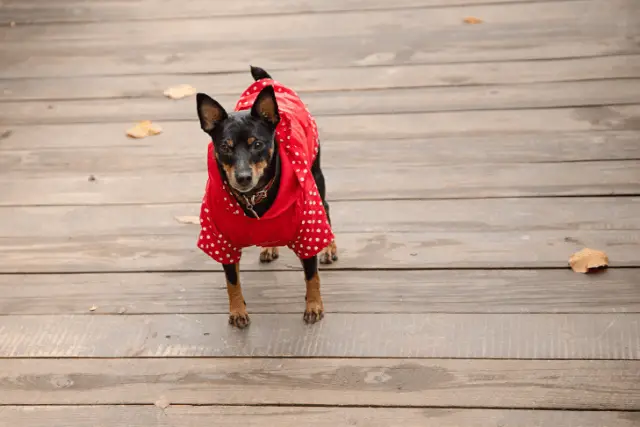
Brush your Min Pin's teeth at least twice a week to remove tartar and the bacteria that live inside them. Brushing teeth twice a day is even better if you want to avoid periodontal disease and bad breath. Trim your dog's nails as needed. This is primarily necessary if the dog doesn't wear them down naturally. Their nails are too long if you can hear them clicking on the floor.
Min Pin’s ears should be checked on a weekly basis for redness or odor, which can indicate a nasty ear infection. When cleaning your dog's ears, it’s best to use a cotton cloth or ball. Make sure you get a pH-balanced ear cleaner that will help you prevent all sorts of ear problems. Do not insert anything into your Min Pin’s ear canal. Instead, clean only the outside of the ear.
Training
The Miniature Pinscher has a high level of intelligence and can excel at tasks such as canine obedience. The problems arise when this breed attempts to be the “alpha” in their relationship with their trainer. They may refuse to perform tasks even if they understand what they are supposed to do. Their stubbornness is a challenge, but it is manageable with firm training and plenty of positive reinforcement.
The best results are obtained when training is introduced at a young age and is maintained consistently throughout the dog's life. Similarly, socialization must begin early in order to avoid excessively hostile behavior.
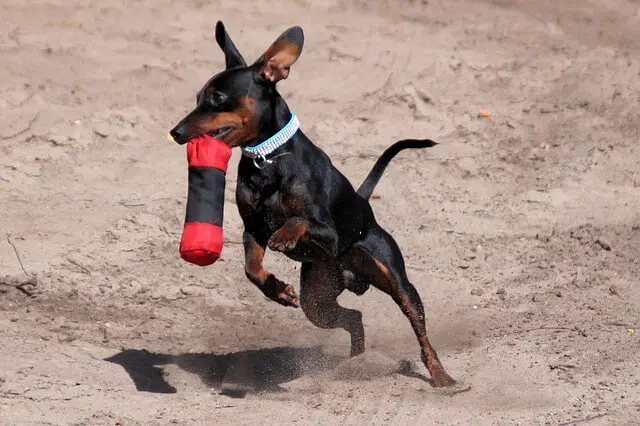
“Small Dog Syndrome” is a real risk in this breed, and trainers should focus on preventing it from happening. When a dog develops “Small Dog Syndrome,” it can be extremely difficult to reverse. Treating your Miniature Pinscher like the dog that it is will go a long way toward preventing bad behavior.
While this breed is small, it should not be coddled, picked up frequently, allowed to be aggressive or destructive, and perhaps even kept off the furniture to establish boundaries. Unfortunately, some owners do not see the harm in a small dog growling or baring their teeth because they think it is “cute” or “funny.” Despite what some owners believe, a dog suffering from small dog syndrome is frequently anxious and unhappy.
Socialization
Because Miniature Pinschers can be intolerant of other dogs and strangers, socialization should be a priority in their lives. This process should begin as soon as the dog arrives at your home. You can socialize your new puppy with friends and family while ensuring the puppy has a positive experience.
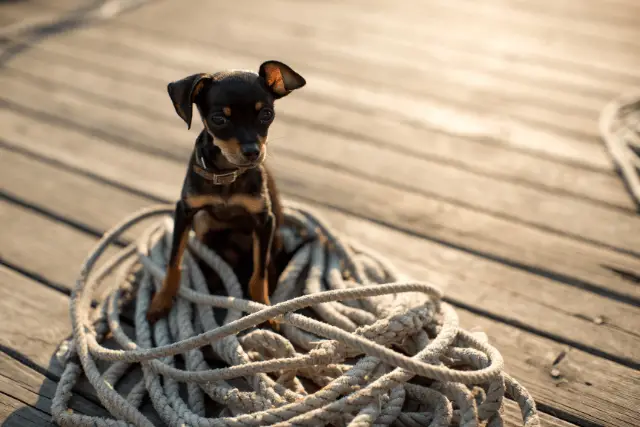
After the dog has received all of the necessary vaccinations, begin introducing them to dog parks, busy streets, and other places where they will have the opportunity to interact with strange dogs and people. It is the only way to ensure that your puppy grows into a confident, well-behaved dog who will not bite anyone.
Miniature Pinschers and children
The Miniature Pinscher is an ideal family pet because it enjoys entertaining and clowning around with children. Because of its small size, you don't have to worry about it knocking over toddlers. Plus, their coat is very short and unlikely to be pulled. Despite being an energetic dog, it can usually get most of its exercise by running around the house, making it suitable for small apartments.
Miniature Pinschers and other pets
If properly socialized, the Miniature Pinscher gets along with other pets. They do, however, frequently take the dominant role, particularly with larger animals, and demand to be the boss. Outside, they frequently need to be leashed, or they will chase small animals and fight with passing dogs. They enjoy showing off their backsides to perceived enemies while kicking the ground and barking. If not addressed early on, this behavior can spiral out of control.
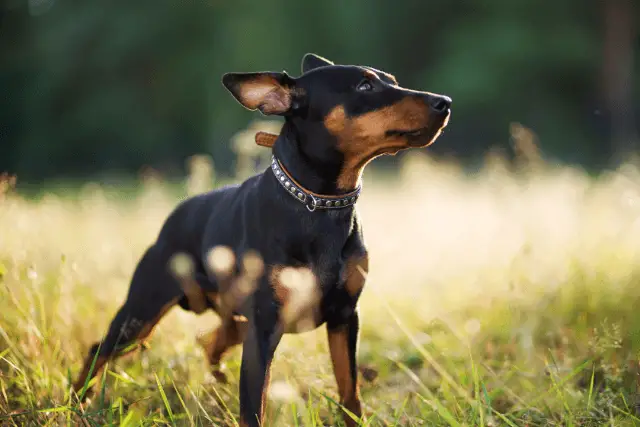
Exercise needs
Despite its small size, the Miniature Pinscher requires moderate exercise and enjoys staying active. They should be given access to a secure, moderately sized garden to prevent them from escaping. With this breed around, a freshly manicured lawn is unlikely to last long because they enjoy digging and getting messy.
Off-leash walks away from home are not recommended because the Miniature Pinscher enjoys chasing small animals and cannot be trusted with other dogs. Leash walks should last 30 to 60 minutes and include plenty of playtime and interactive activities. Negative behaviors, such as constant yapping or digging, will inevitably develop in an under-stimulated or under-exercised Miniature Pinscher.
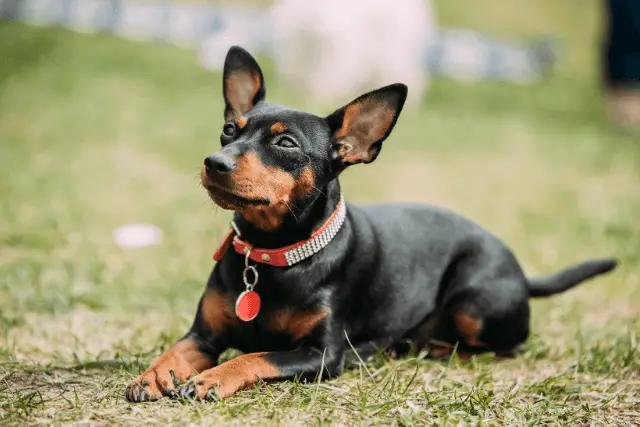
Health
The Miniature Pinscher has excellent health and can live well into their second decade, with many reaching the age of 14 or 15. They are generally thought to be healthy and resilient. However, as with all purebred dog breeds, some health issues may arise. Here are a few things that veterinarians and Min Pin owners have noticed about this breed:
- Legg-Calvé-Perthes Disease - This painful condition causes muscle wasting and hind limb lameness because the top of the leg bone degenerates. The majority of dogs are diagnosed before the age of one.
- Mitral valve disease - The mitral valve is located between the left atrium and the ventricle of the heart. When a mitral valve fails to function properly, blood flows in the opposite direction.
- Epilepsy - A neurological condition that is frequently, but not always, inherited. It can cause mild to severe seizures, which can manifest as unusual behavior.
- Hypothyroidism - Hypothyroidism is a thyroid gland disorder in which the gland does not produce enough thyroid hormones.
- Patellar luxation - A condition in which the knee caps occasionally pop out of place. It can range from mild to severe, causing the dog to be unable to use the affected leg.
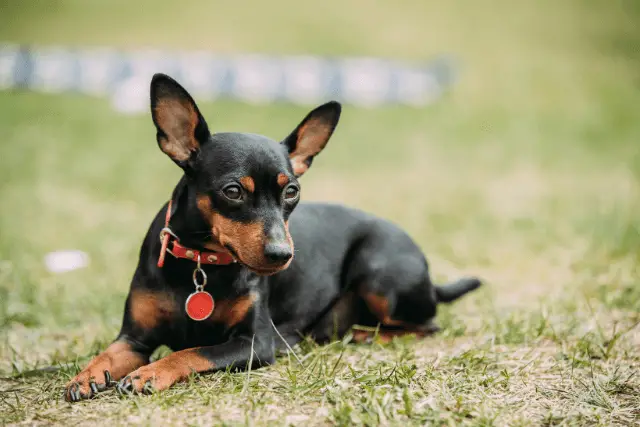
Miniature Pinscher breeders
When you've decided that the Miniature Pinscher is the breed for you, it's time to start looking for places where you can get one of these puppies. Our advice is to look for responsible Miniature Pinscher breeders. Getting a dog from a breeder might cause more money initially, but you can be sure you'll get a well-bred puppy. That means the puppy will look good and have a fantastic temperament.
Ask the breeder as many questions as you can. The answers you receive will help you make an informed decision about whether this breed is a good fit for you and your family. These dogs will thrive in active families, and nobody can tell you that better than the person raising and living with these dogs.
SEARCH MINIATURE PINSCHER BREEDERS
World Dog Finder team

Updated at31.08.2023.
Breed History
The Miniature Pinscher is thought to be an ancient breed, but documentation can only go back a few hundred years. It was created in Germany to eliminate rats in homes and stables.
It was first known as the Reh Pinscher in Germany due to its resemblance to a small deer that used to roam the country's forests. Many people believe that the Miniature Pinscher was created to be a miniature Doberman. Still, despite his similar appearance, they are a distinct and much older breed.
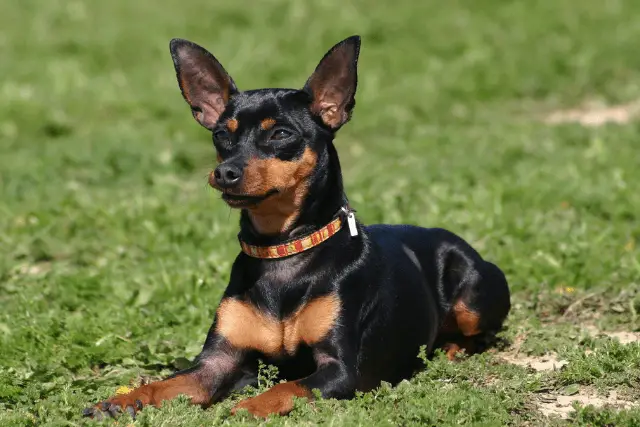
The Miniature Pinscher's development took off in 1895 when German breeders formed the Pinscher Klub, later renamed the Pinscher-Schnauzer Klub. The first breed standard was written at that time. Miniature Pinschers were first displayed at the Stuttgart Dog Show in Germany in 1900 when they were virtually unknown outside of their native country.
From 1905 to World War I, the Miniature Pinscher was extremely popular in Germany. Following World War I, breeders in Germany and Scandinavia worked to improve the line. The first Miniature Pinschers came to the US around 1919. Initially, only a few were shown in national dog shows. However, the Min Pin Club of America, Inc. was founded in 1929.
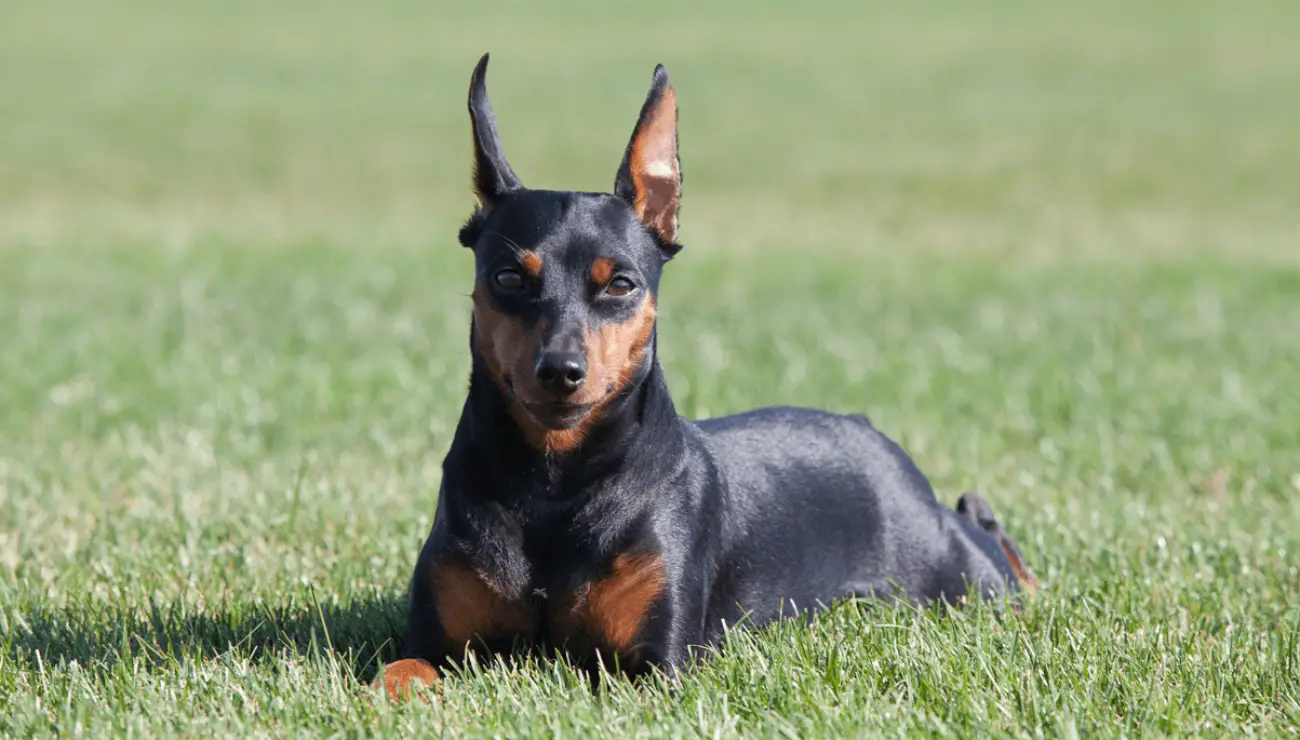
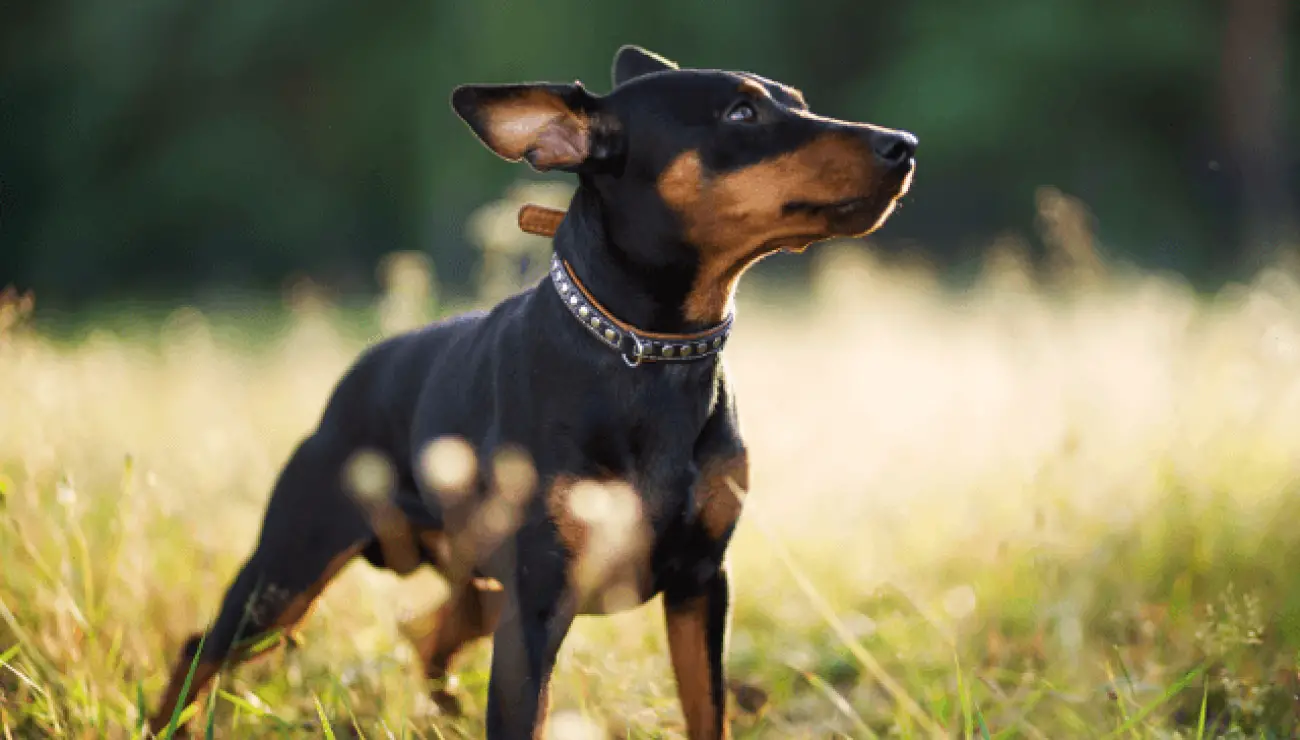
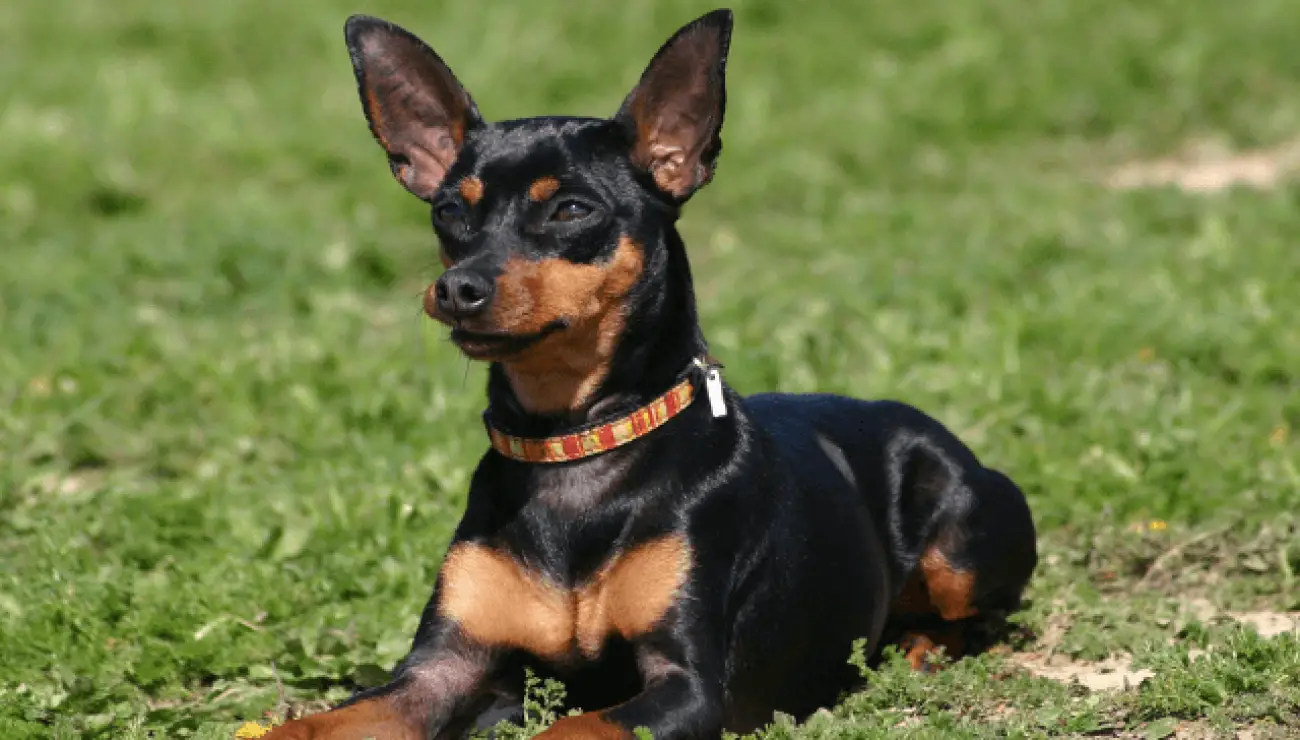
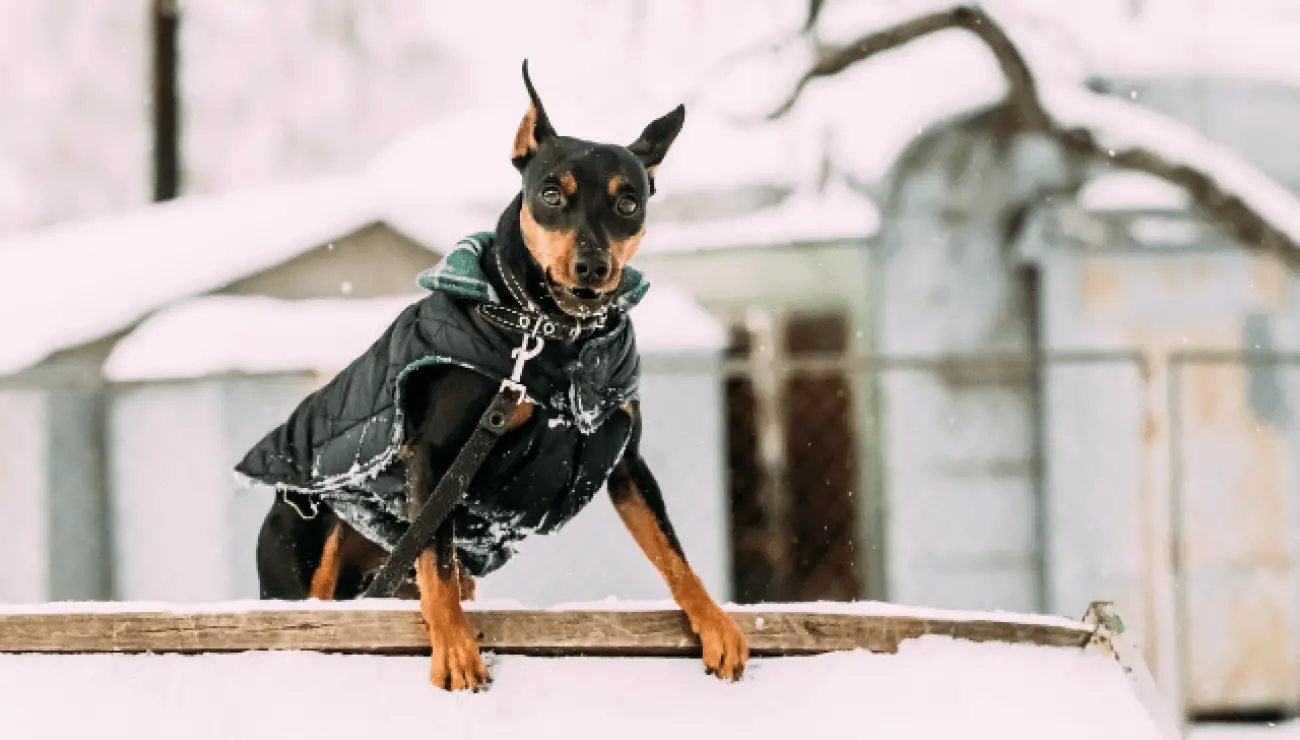
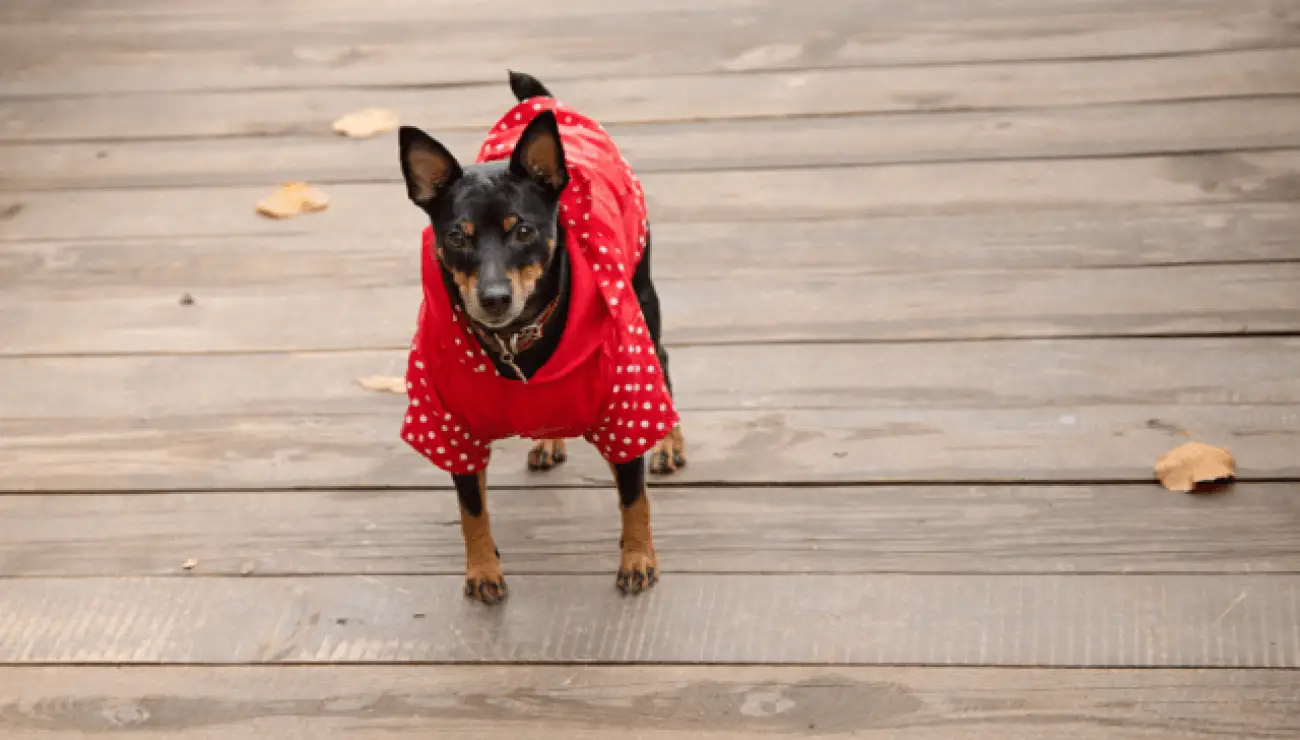
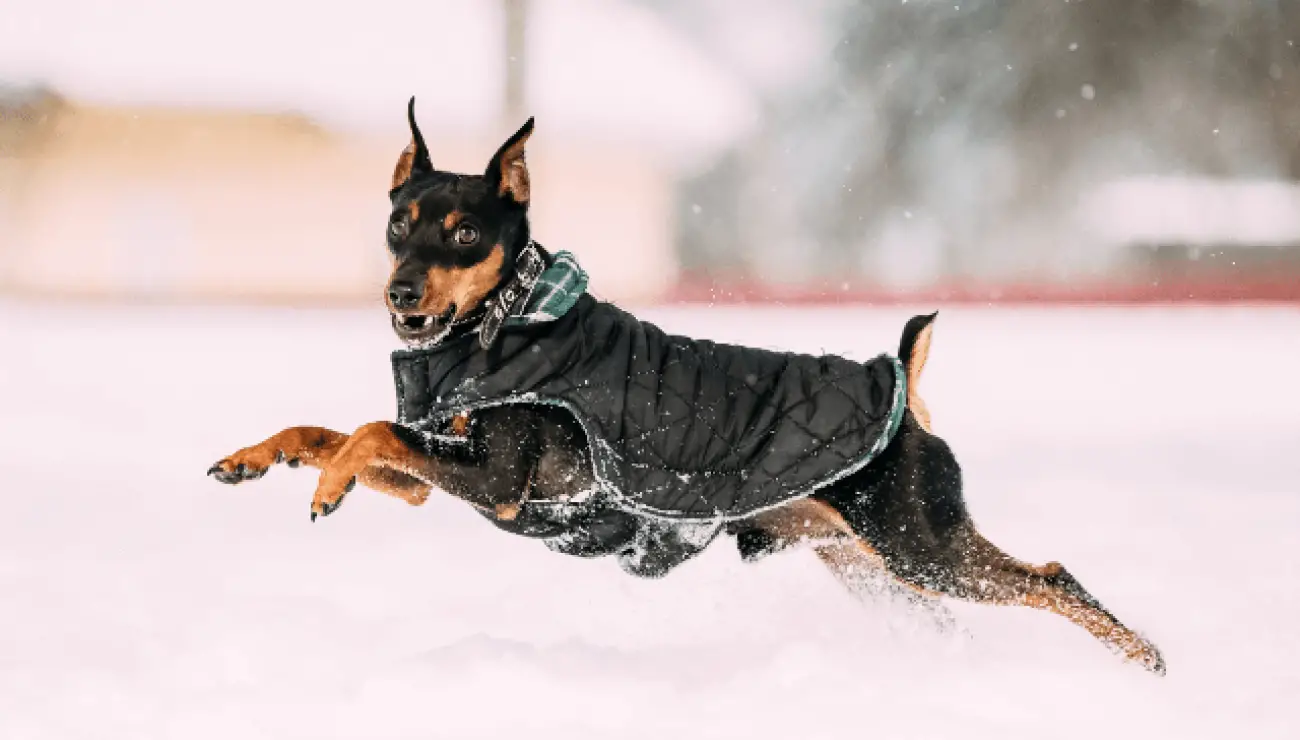
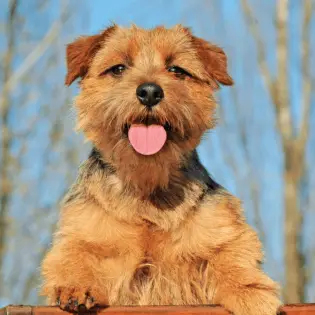
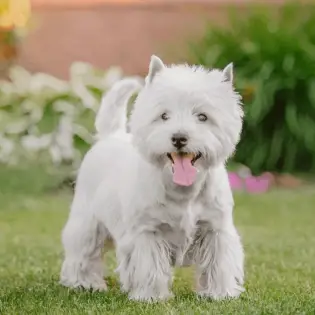
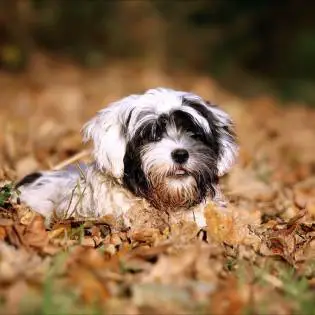
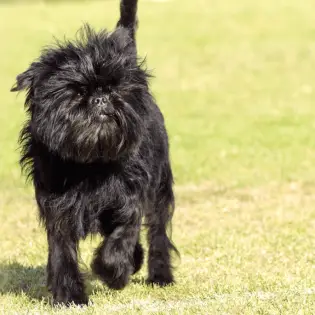
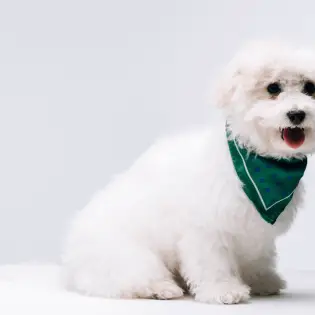
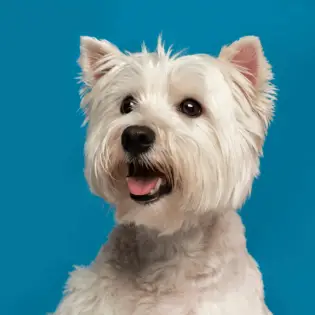
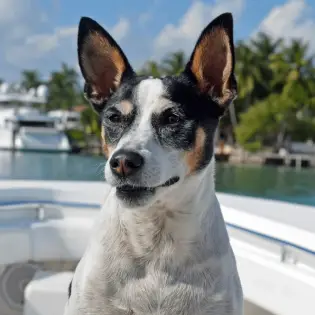
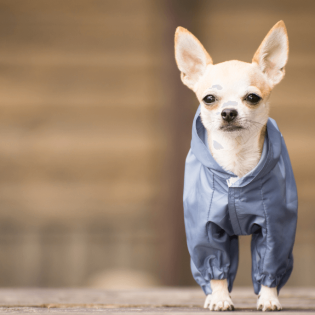
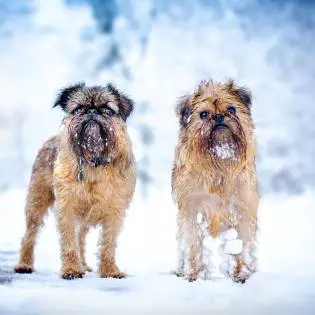
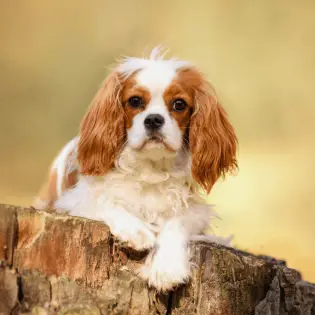

Share